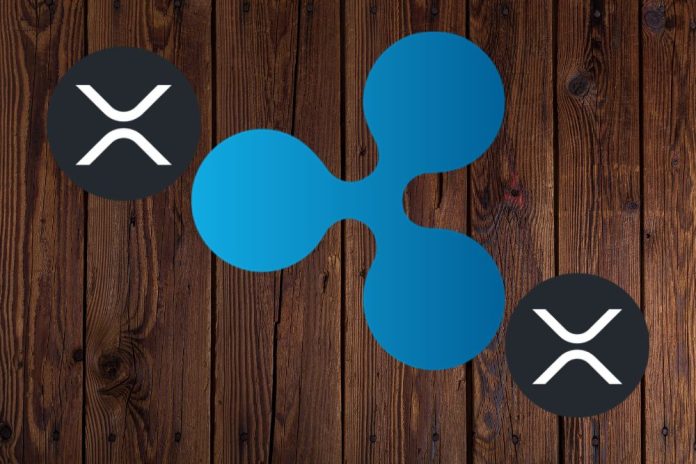Ripple, a company specializing in blockchain technology for financial services, has announced a strategic shift towards leveraging the XRP Ledger’s capabilities to deliver secure and compliant decentralized finance (DeFi) solutions for global institutions.
Ripple CTO David Schwartz confirms this renewed focus in a recent post following the company’s latest publication outlining its vision for the future. The report emphasizes Ripple’s ambition to become the leading provider of digital asset infrastructure solutions within the financial services industry.
Addressing the Demand for Secure Digital Asset Infrastructure
The financial sector increasingly demands robust digital asset infrastructure. Founded on the belief that blockchain would revolutionize global finance, Ripple has addressed this growing need for over a decade.
Initially, the emerging crypto industry lacked the elements – liquidity, trust, and clear regulations – needed for business adoption. Today, with advancements like crypto ETFs and wider institutional acceptance, the need for trusted infrastructure is paramount.
Ripple is building a suite of core components for seamless blockchain integration, including custody solutions, fiat-to-crypto gateways, liquidity solutions, and compliance tools.
XRP Ledger: The Foundation
The XRP Ledger serves as the cornerstone of Ripple’s solutions. Initially focused on cross-border payments, Ripple leverages XRPL’s low costs, speed, and scalability to offer an efficient value transfer solution. Their cross-border payment solution boasts near-global coverage and has processed over $50 billion in transactions.
Ripple’s vision extends beyond payments. Their acquisition of Metaco, a digital asset custody provider, strengthens their global product roadmap. Additionally, they plan to launch the Ripple USD (RLUSD) stablecoin on XRPL for greater flexibility in cross-border payments.
We are on twitter, follow us to connect with us :- @TimesTabloid1
— TimesTabloid (@TimesTabloid1) July 15, 2023
XRP Ledger: A Prime Choice for Institutional DeFi
Ripple positions XRPL as the preferred blockchain platform for institutional DeFi due to its reliability, performance, and cost-effectiveness. Stablecoins built on XRPL unlock new DeFi possibilities, and XRP’s role as a universal bridge asset is valuable for regions with high transaction costs.
The XRP Ledger’s efficiency is emphasized by its processing of over 2.8 billion transactions without failure. Built-in features like a decentralized exchange and advanced functionalities enable secure and compliant DeFi applications.
Projects like Archax, Sologenic, and CredeFi are building on XRPL to deliver innovative financial tools to traditional institutions. By integrating XRPL’s features, Ripple aims to deliver secure and compliant DeFi solutions to a global customer base.
Disclaimer: This content is meant to inform and should not be considered financial advice. The views expressed in this article may include the author’s personal opinions and do not represent Times Tabloid’s opinion. Readers are urged to do in-depth research before making any investment decisions. Any action taken by the reader is strictly at their own risk. Times Tabloid is not responsible for any financial losses.
Follow us on Twitter, Facebook, Telegram, and Google News


